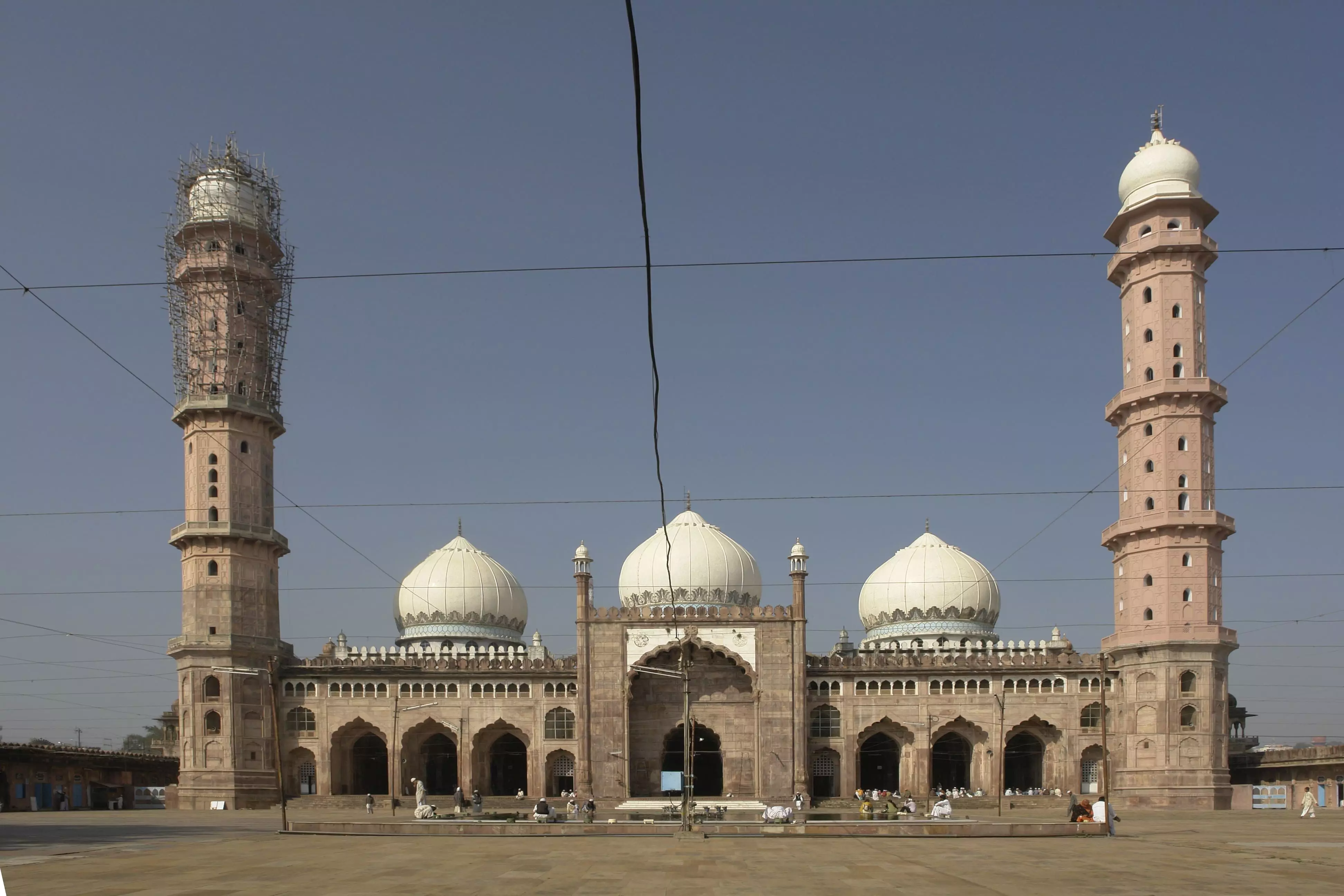
The Dying Architecture of Bhopal
Bhopal, the capital of Madhya Pradesh, is a city rich in architectural heritage, blending Mughal, Hindu, and European styles. Despite its unique and historical significance, Bhopal's architectural treasures face neglect and commercial pressures, threatening their preservation for future generations.
Bhopal, often called the city of lakes, lies in the heart of India. Founded by Dost Mohammad Khan (1657–1728 CE), this city is now the capital of Madhya Pradesh. With its rich historical, cultural, and economic heritage, Bhopal was chosen as one of the first twenty cities to be developed as a “smart city” under PM Narendra Modi’s initiative. It was also recognised as the cleanest state capital in India for three consecutive years (2017, 2018, and 2019).
The Indian government’s ambitious Smart Cities Mission, designed to create 100 sustainable and citizen-centric urban areas, has largely overlooked the contributions of architectural professionals. This omission mirrors a broader trend where modern developments are replacing heritage structures despite significant opposition from architects advocating for preserving historical sites.
Throughout history, Bhopal has played a significant role in architecture and the independence movement. However, like many second-tier cities in India, it has been overlooked for some time. Despite its rich history, the preservation of Bhopal’s heritage is continuously neglected. The city’s architecture, which is on par with other historical towns, deserves much more attention, expressed Priyanka Pandey, a native of Bhopal.
Bhopal’s architecture and urban design incorporate environmental considerations and sustainable planning techniques. Ancient tribal kingdoms, Hindu emperors, and Muslim dynasties are just a few historical periods that have shaped the city’s rich architectural legacy. Nevertheless, the gas leak tragedy frequently defines Bhopal’s story, casting a shadow over the city’s meaningful past.
According to Kasper and Kent, “Architecture is a crucial part of urban development because it determines how people experience the city. Architecture can shape the character and identity of a city. In other words, how buildings look determines how the city looks. Architecture confounds people’s perceptions and emotions about cities, making them feel more involved in their communities. With the advent of technology and changes in society, the architecture of cities has changed a lot. More research has been conducted on the effects of architecture and city design on citizens’ well-being. Research has shown that authentic architecture and urban design improve people’s well-being. It is clear that architecture is essential for future cities.”
Arunima Mathur, the founder of @me.miya.bhopali, conducts history walks around the city, highlighting Bhopal’s unique blend of architectural styles. She explains, “Bhopal’s architecture is an amalgamation of Mughal, Gond, Rajputana, Maratha, and European styles. Kamalapati Palace, a Gond architectural marvel, features Rajputana jharokha and Mughal arches with a Rajputana twist.”
She continues, “The city’s Islamic and Mughal influences are evident in its mosques. The Taj-ul-Masjid, Moti Masjid, and Jama Masjid follow the Chowk Bandya architectural style, with four gateways, the Mecca-facing prayer side and three gates to the north, south, and east. These Begami mosques in Bhopal are prime examples of this architectural style.”
The Taj-ul-Masajid, one of the largest mosques in Asia, is a prime example of Mughal architecture, with its grand domes, minarets, and intricate carvings. Another significant structure is the Shaukat Mahal, an exquisite blend of Indo-Islamic and European Gothic styles, showcasing unique triangular arches and intricate detailing.
Gohar Mahal, built by the first female ruler of Bhopal, Qudsia Begum, is a stunning example of Mughal and Hindu architecture. This palace, located on the banks of the Upper Lake, features beautiful courtyards and ornate jharokhas (overhanging enclosed balconies).
Additionally, Bhopal’s old city area is dotted with traditional havelis, characterised by their ornamental facades and wooden carvings. The city’s heritage is not just confined to its grand buildings but also extends to its ancient temples and vibrant bazaars, which have retained their historical charm.
Bhopal’s architectural heritage is a testament to its rich cultural history and diverse influences over the centuries
Despite its intricate and unique architecture, Bhopal’s architectural heritage has lost much of its significance. The city’s architecture stands at the crossroads of the 18th century when various architectural styles were blending due to the migration of artisans and architects after the collapse of the Mughal Empire. With the decline of central imperial patronage, these craftsmen dispersed to regional states, spreading their styles across the country.
“The administration’s lack of commitment to preserving and promoting these monuments for tourism is evident. Additionally, local conflicts further complicate conservation efforts. Many properties from the Begums’ era were waqf (donated) to Allah, making modifications or restorations difficult due to religious norms. The fragmented bloodline of the original owners also poses a challenge.” She added.
Pandey also mentions how much the city’s monuments have been ignored for years. “It’s unfortunate to see our city, Bhopal, slowly deteriorating like this. I remember visiting Purana Bhopal as a kid when the monuments were not on the verge of falling apart. They were beautiful, tall and proud, each telling its own story. Now, it’s all commercialised. Big hoardings obscure the beautiful architecture, and all the beauty seems lost.”
“When I visit places like Delhi and Mumbai, I see their monuments, which are well maintained, cherished by the people, and preserved with care. But here, in Bhopal, our heritage has been neglected so much. It breaks my heart to think that future generations might not even witness what remains of these historical treasures. They deserve better; our city deserves better. We must act now to restore and protect these architectural marvels before it’s too late.”
Regional histories should be addressed in our education system, overshadowed by the histories of major cities like Delhi, Calcutta, and Bombay. This lack of awareness contributes to the diminishing significance of cities like Bhopal and their rich architectural heritage. To honour its past and secure its future, it is crucial to recognise and preserve Bhopal’s unique history and architecture, says Mathur.

